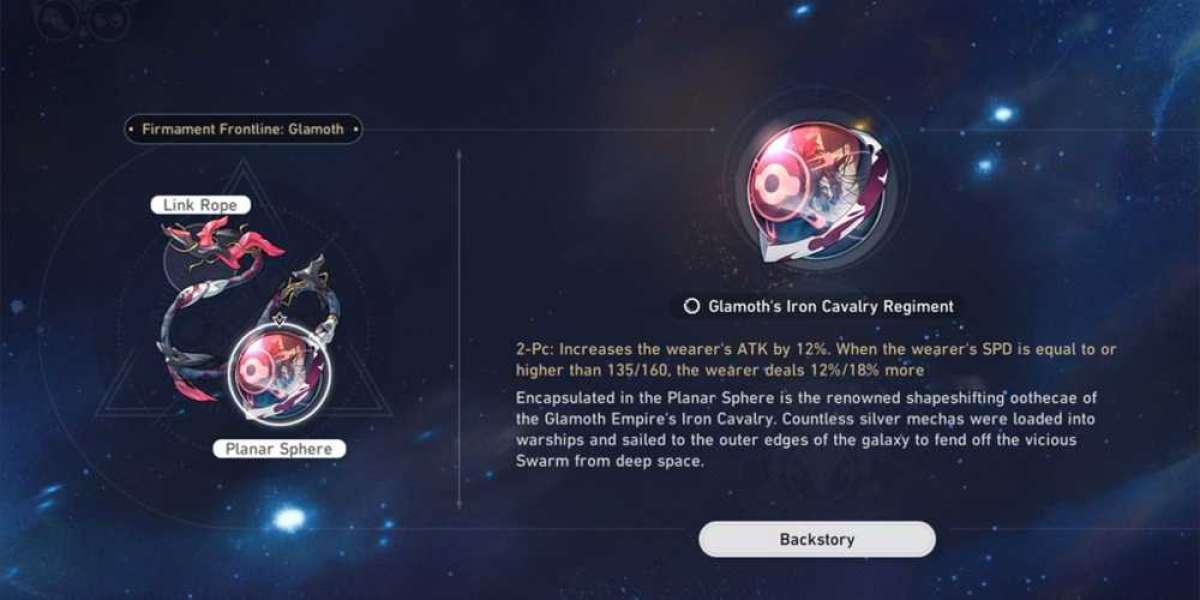Introduction:
In the midst of the Cold War tension between the United States and the Soviet Union, 1960 witnessed one of the most alarming events in history—the Cuban Missile Crisis. This thirteen-day confrontation in October brought the world to the edge of nuclear destruction, as the two superpowers clashed over the deployment of Soviet nuclear missiles in Cuba. With the threat of global catastrophe looming overhead, both sides engaged in intense diplomatic negotiations, fearful that a single misstep could ignite an all-out nuclear war.
Event Description:
The Cuban Missile Crisis began in May 1960 with the Soviet Union secretly supplying Cuba, under the leadership of Fidel Castro, with military assistance. In response, the United States, led by President John F. Kennedy, grew increasingly concerned about the national security implications of having Soviet weaponry so close to its shores. The American intelligence agencies discovered the Soviet Union's covert missile installations in Cuba in October 1962, sparking immediate alarm.
Upon learning of the Soviet missiles, President Kennedy immediately called for an emergency meeting of his closest advisors, known as the Executive Committee of the National Security Council. This group, comprised of key military and diplomatic officials, debated the best course of action. They faced a pressing dilemma: should the United States launch a military strike to destroy the missiles or pursue a diplomatic solution?
Kennedy chose to pursue a diplomatic approach initially, opting to impose a naval blockade around Cuba to prevent any additional Soviet military supplies from reaching the island. This blockade marked a critical turning point in the crisis, intensifying the already high tensions between the United States and the Soviet Union. For the next thirteen days, the world held its collective breath, uncertain of what might transpire.
As the crisis unfolded, the world watched anxiously, as the leaders of the United States and the Soviet Union engaged in tense negotiations. Behind the scenes, diplomacy was at work, with various channels of communication open between the two powers. The most notable of these was the exchange of letters between Kennedy and Soviet Premier Nikita Khrushchev. Through these letters, both leaders attempted to defuse the situation and find a peaceful resolution without resorting to nuclear warfare.
Finally, on October 28, 1962, an agreement was reached. The Soviet Union agreed to remove its missiles from Cuba, while the United States publicly pledged not to invade Cuba and secretly agreed to dismantle its missiles in Turkey. This resolution brought an end to the immediate crisis, but the scars and implications of the standoff lingered.
Conclusion:
The Cuban Missile Crisis of 1960 remains one of the most perilous events in human history. It served as a stark reminder of the devastating consequences of the Cold War and the threat of nuclear weapons. The crisis shed light on the importance of diplomacy and peaceful negotiations in resolving conflicts to avoid catastrophic outcomes. Ultimately, the Cuban Missile Crisis and the resolution that followed reshaped the dynamics between the United States and the Soviet Union, forever altering the course of history.



